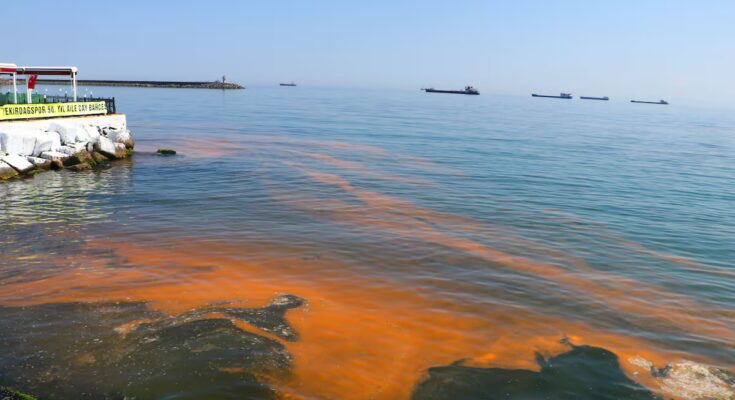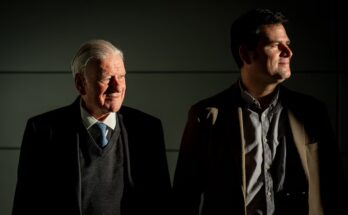Wilbur Smith (1933-2021) was a writer of adventure novels, a best seller which combined narrative action with settings of luxury and wealth. In one of his novels, the one entitled like the sea (Duomo), introduces us to a girl who is a biologist and who works in a home laboratory installed on the coast, where she experiments with species that are indicators of maritime pollution. To do this he set up a series of tanks which are the closest thing to glass aquariums on which a complex scaffolding of spirals, bottles and cables was designed.
In this way, as he assures, the cost is always lower than using spectrophotometric methods. It should be noted that these methods are very useful for detecting and quantifying metal contamination, not only in abundance, but also at low concentrations. The spectrophotometer is an optical analysis instrument that allows you to measure the absorption of light in a water sample. But what the character of the biologist tells us here is that, in a rudimentary way, using the example of the clam that lives in one of the tanks – a Very solid spisula A very simple and rudimentary marine pollution detector is activated.
It is a method that reaches the wisdom of seafarers, people who go out fishing and detect water pollution by interpreting nature’s signals when they manifest themselves in certain species, be they molluscs such as mussels or crustaceans such as crabs. Signs of toxicity are for example the increase in dead crabs or the nervous behavior of some fish due to algae blooms that reduce oxygen in the water.
We have the case of the famous red tides, so called because the sea is tinged with this colour, a toxic phenomenon that originates naturally and which produces an increase in microalgae that release polluting toxins, as happened in Vigo when, in October 1976, mussel poisoning occurred. Although there was no red tide in the days before the poisoning, it was possible to perceive, on some nights in August, a greenish glow along the coast of the Corcubión estuary. Apparently, the origin of the poisoning was a single-celled organism called Gonyaulax tamarensisa genus of toxic dinoflagellates that produce a paralyzing neurotoxin that penetrates mussel tissues, as apparently occurred on the Galician coast in 1976; an event that becomes a literary figure if we pay attention to the case and its metaphors, because, while the greenish glow was taking place, Wilbur Smith was in his residence in South Africa writing the novel that interests us today, a maritime story where ecology and water pollution – not exactly due to natural phenomena – dominate his reading while the intertwining between monetary selfishness and defense of natural resources advances.



